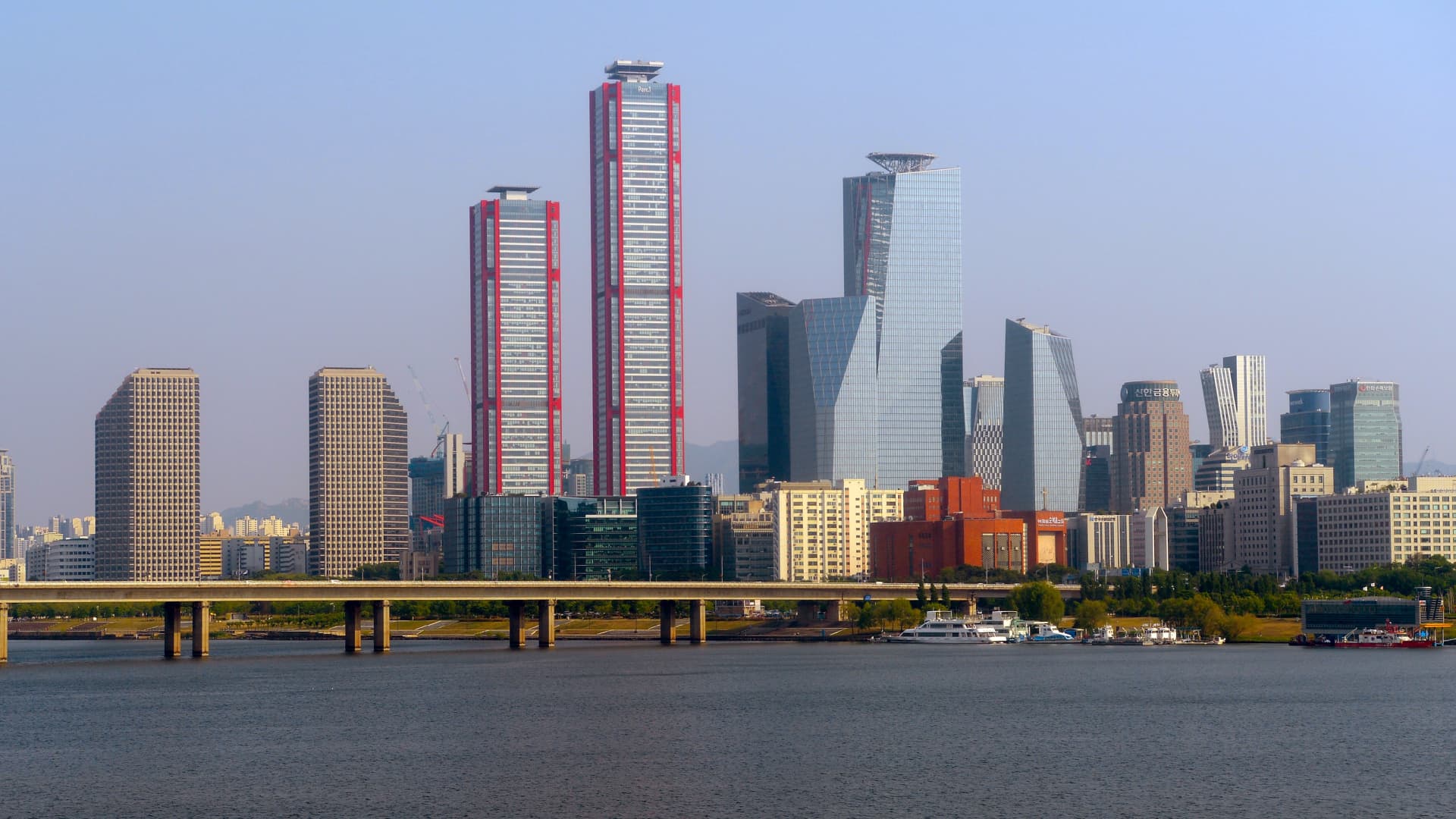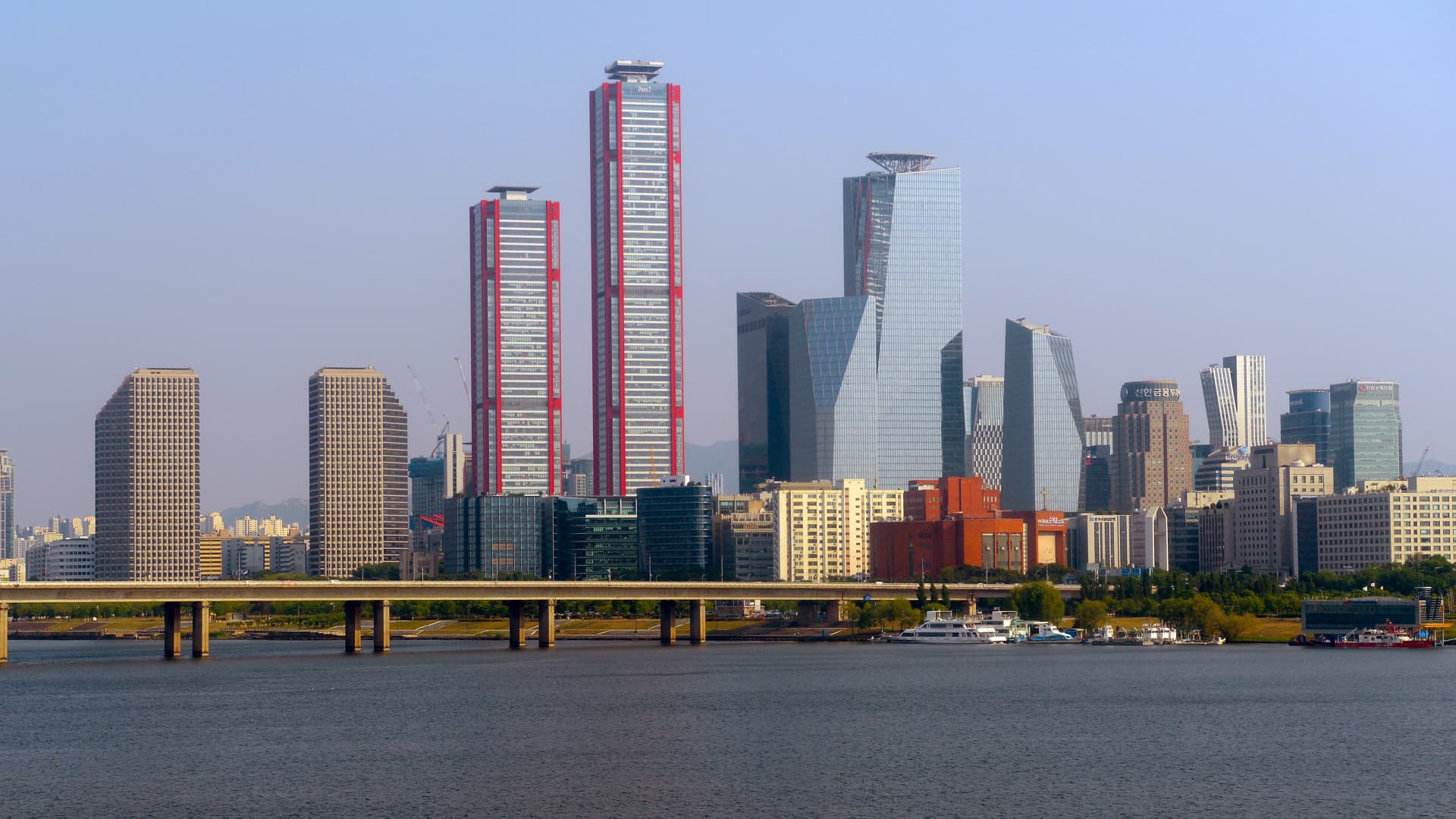South Korea’s Economic Resilience: A Deep Dive into Recent Growth and Future Prospects
Introduction: Averting the Downturn
The global economic landscape has been fraught with uncertainty, and South Korea, a bellwether for international trade and technology, has not been immune to these challenges. Recent data reveals that South Korea has narrowly avoided a technical recession, defined as two consecutive quarters of economic contraction. This avoidance is primarily due to a modest but crucial expansion in the second quarter. This report delves into the specifics of this growth, analyzes the factors contributing to it, and explores the challenges and opportunities that lie ahead for the South Korean economy.
Decoding the 0.6% Growth in Q2
South Korea’s Gross Domestic Product (GDP) expanded by 0.6% in the second quarter. This figure, while seemingly small, represents a significant rebound from a previous contraction. It also exceeded initial expectations, providing a much-needed boost to confidence in the nation’s economic trajectory.
Key Drivers of Growth
Sectoral Performance: Winners and Losers
A closer look at sectoral performance reveals a mixed bag of results, highlighting the uneven nature of the recovery.
Manufacturing
As a cornerstone of the South Korean economy, the manufacturing sector experienced a moderate recovery. Increased demand for specific products helped offset declines in other areas. The semiconductor industry, in particular, saw a resurgence in demand, driven by the global tech industry’s need for advanced chips.
Services
The service sector, including tourism, hospitality, and retail, showed signs of improvement as pandemic-related restrictions eased further. The reopening of international borders and the resumption of large-scale events have contributed to a rebound in consumer spending and business activity.
Construction
This sector faced challenges due to rising material costs and a slowdown in real estate investment, which dampened overall growth. The government’s efforts to cool down the housing market, coupled with higher interest rates, have led to a decline in construction activity.
Technology
South Korea’s robust technology sector remains a vital source of economic strength, driving innovation and contributing significantly to export revenues. Companies like Samsung and LG continue to invest heavily in research and development, ensuring the country’s competitive edge in the global market.
Challenges on the Horizon: Navigating Uncertainty
Despite the positive growth in the second quarter, South Korea’s economy still faces considerable challenges.
Global Economic Slowdown
The global economy is expected to experience a slowdown, which could dampen demand for South Korean exports. Trade tensions, geopolitical risks, and inflationary pressures pose significant threats. The ongoing conflict in Ukraine and the trade war between the United States and China are particularly concerning for South Korea, given its heavy reliance on international trade.
Inflation
Persistently high inflation rates continue to erode consumer purchasing power and squeeze business margins. The central bank’s efforts to combat inflation through interest rate hikes could further dampen economic activity. The Bank of Korea has raised interest rates multiple times in recent months, aiming to curb inflation but risking a slowdown in economic growth.
Household Debt
High levels of household debt remain a concern, making consumers more vulnerable to economic shocks and potentially curtailing spending. South Korea has one of the highest household debt-to-GDP ratios in the world, which could pose a significant risk to economic stability.
Aging Population
South Korea’s rapidly aging population presents long-term challenges, including a shrinking workforce and increased healthcare costs. The country has one of the lowest birth rates in the world, which could lead to a demographic crisis in the coming decades.
Policy Responses: Steering the Course
The South Korean government and the Bank of Korea are employing a range of policy measures to support economic growth and stability.
Fiscal Stimulus
Targeted fiscal stimulus measures aim to support vulnerable sectors, boost consumption, and invest in future growth engines. The government has announced several stimulus packages, including tax cuts, subsidies, and infrastructure investments, to stimulate economic activity.
Monetary Policy
The Bank of Korea is carefully calibrating monetary policy to balance the need to control inflation with the goal of supporting economic growth. The central bank has adopted a gradual approach to interest rate hikes, aiming to avoid a sharp slowdown in economic activity.
Structural Reforms
Efforts to promote innovation, improve labor market flexibility, and reduce regulatory burdens are essential for enhancing the economy’s long-term competitiveness. The government has launched several initiatives to foster innovation and support startups, aiming to create a more dynamic and resilient economy.
Future Prospects: Opportunities for Growth
Looking ahead, South Korea has several opportunities to drive sustainable economic growth.
Green Transition
Investing in renewable energy and sustainable technologies can create new industries and jobs, positioning South Korea as a leader in the green economy. The country has set ambitious targets to reduce carbon emissions and transition to a low-carbon economy, which could drive significant investment and job creation.
Digital Economy
Leveraging its strengths in technology and innovation, South Korea can further develop its digital economy, fostering growth in areas such as artificial intelligence, big data, and e-commerce. The country is already a global leader in 5G technology and has the potential to become a hub for digital innovation.
Biotechnology
With a strong healthcare system and advanced research capabilities, South Korea can expand its biotechnology sector, developing new treatments and therapies. The country has made significant investments in biotechnology research, aiming to become a global leader in the field.
Trade Diversification
Diversifying export markets and reducing reliance on specific countries can mitigate the risks associated with global trade tensions. South Korea has been actively pursuing free trade agreements with various countries, aiming to expand its export markets and reduce its dependence on China and the United States.
Conclusion: A Path Forward
South Korea’s ability to avoid a technical recession underscores the resilience of its economy and the effectiveness of its policy responses. However, significant challenges remain. By addressing these challenges and capitalizing on emerging opportunities, South Korea can chart a path toward sustainable and inclusive economic growth. The key lies in a balanced approach that combines prudent macroeconomic management with targeted structural reforms and strategic investments in future growth engines. With the right policies and investments, South Korea can continue to thrive in the face of global economic uncertainty.












